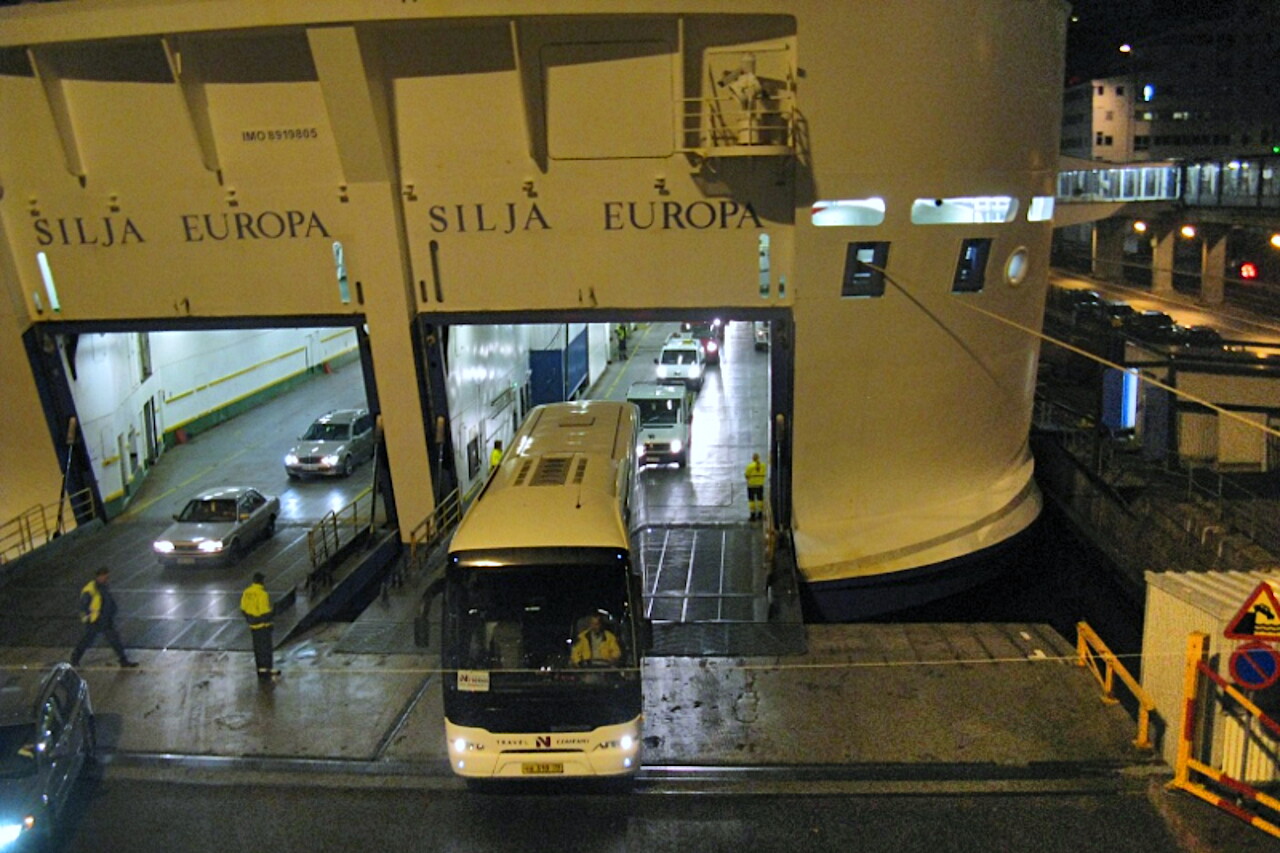Silja Europa Cruise Fery
In the late 80s, the largest sea ferry in the world was MS Olympia, built in 1986 by order of the Swedish company Rederi AB Slite, which was part of the Viking Line consortium. The vessel was used on the Stockholm-Tallinn and Stockholm-Turku lines. Traffic on these routes is consistently high, so the most modern and large vessels worked on them. In 1993, Slite planned the commissioning of a new ferry, and, despite financial problems, on October 6 signed a contract for its construction with the German shipyard Meyer Werft in Papenburg. The laying of the ship with the name Europa took place on November 6, 1991. However, a few weeks later, the Finnish shipyard Wärtsilä Marine, where the Kalypso ferry was built by order of Slite, went bankrupt, which led to an increase in the cost of its completion by 200 million Swedish kronor. In October 1992, a second blow followed: a floating exchange rate of the krona was introduced in Sweden, as a result of which the almost completed Europa became 500 million Swedish kronor more expensive. To top off these troubles, Nordbanken, Slite's main lender, refused to extend loan guarantees and at the same time made large investments in its main competitor, Silja Line. Europa was launched on January 23, 1993, and delivered to the customer on March 6. A month later, Slite was declared bankrupt in April, and its ships were auctioned off. In April, the brand new largest and most modern ferry in the world began to make flights under the name Silja Europa. Silja Line was sold to the Estonian shipping company Tallink in May 2006 and the home port of Silja Europa was changed from Stockholm to Tallinn, but the ferry will continue to operate under the old brand, like most other ships owned by Silja. On September 28, 1994, Europa was the first to receive a distress signal from the sinking ferry Estonia and the captain of the Esa Mäkelä led the rescue operation. On January 13, 1995, the ship ran aground near Furusund due to the failure of the steering electronics, but independently reached Stockholm. After repairs, the ferry returned to the route five days after the incident. Since January 23, 2013, Silja Europa has been running on the Tallinn-Helsinki line. In September 2022, the ferry is in Velsen Nord in the Netherlands and is used as housing for refugees from Ukraine. The vessel has a length of 203.3 meters, a width of 34.6 meters, a height of 54 meters, a draft of 6.8 meters and a gross tonnage of 59914 GT. The power plant includes four MAN B&W 6L58/64 diesel engines with a total capacity of 31800KW, two variable pitch propellers allow you to develop a speed of 22.5 knots. The 14 decks can accommodate up to 3,750 passengers and up to 450 cars. On board Silja Europa there are restaurants and cafes New Grande Buffet, Grill House, Fast Lane, Tavolata Ristorante Italiano, Coffee & Co, Joe's Place pub, Corner Bar. The Ocean Club offers live music and an evening show, and the Moonlight Disco is open until 5 a.m. There is also a duty-free shop, a children's playground, a sauna, a hairdresser, a gym, a SPA.
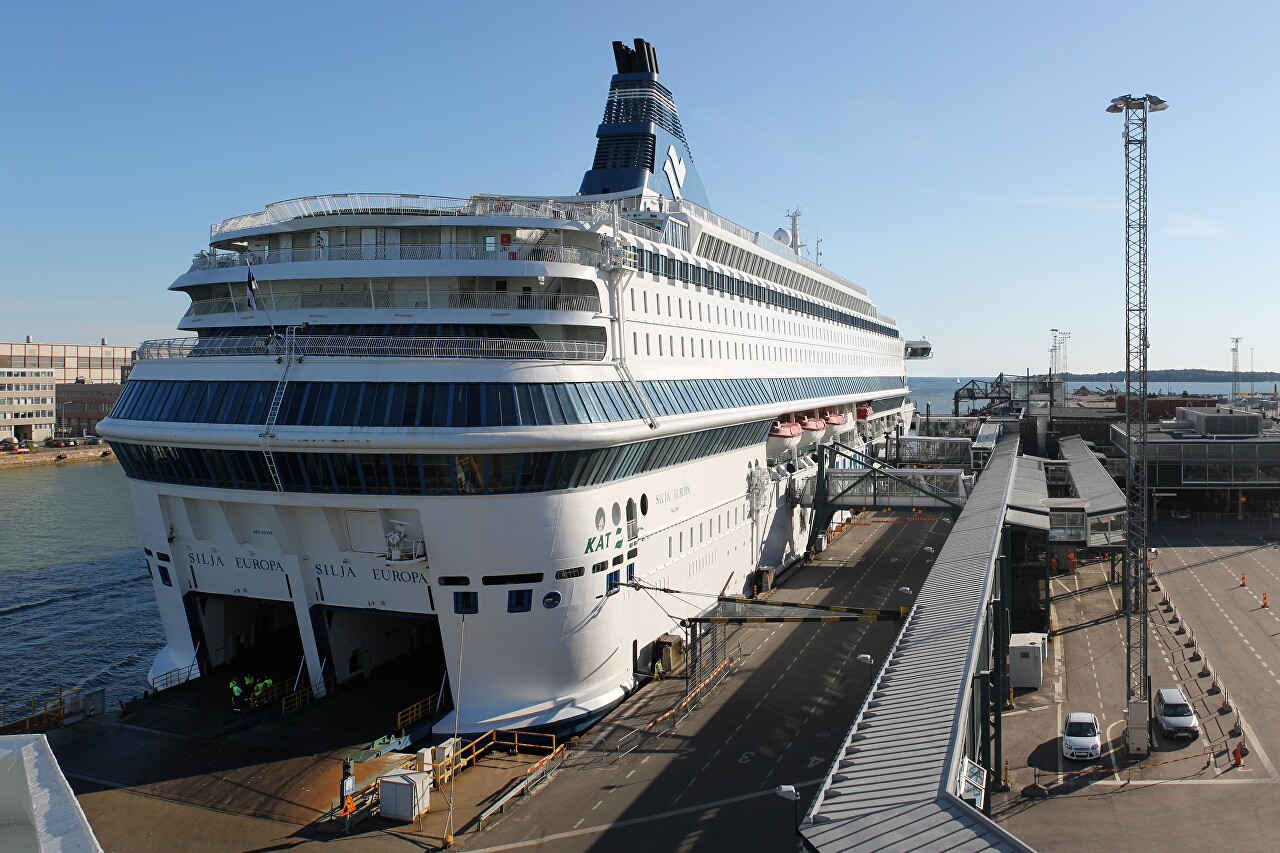
..
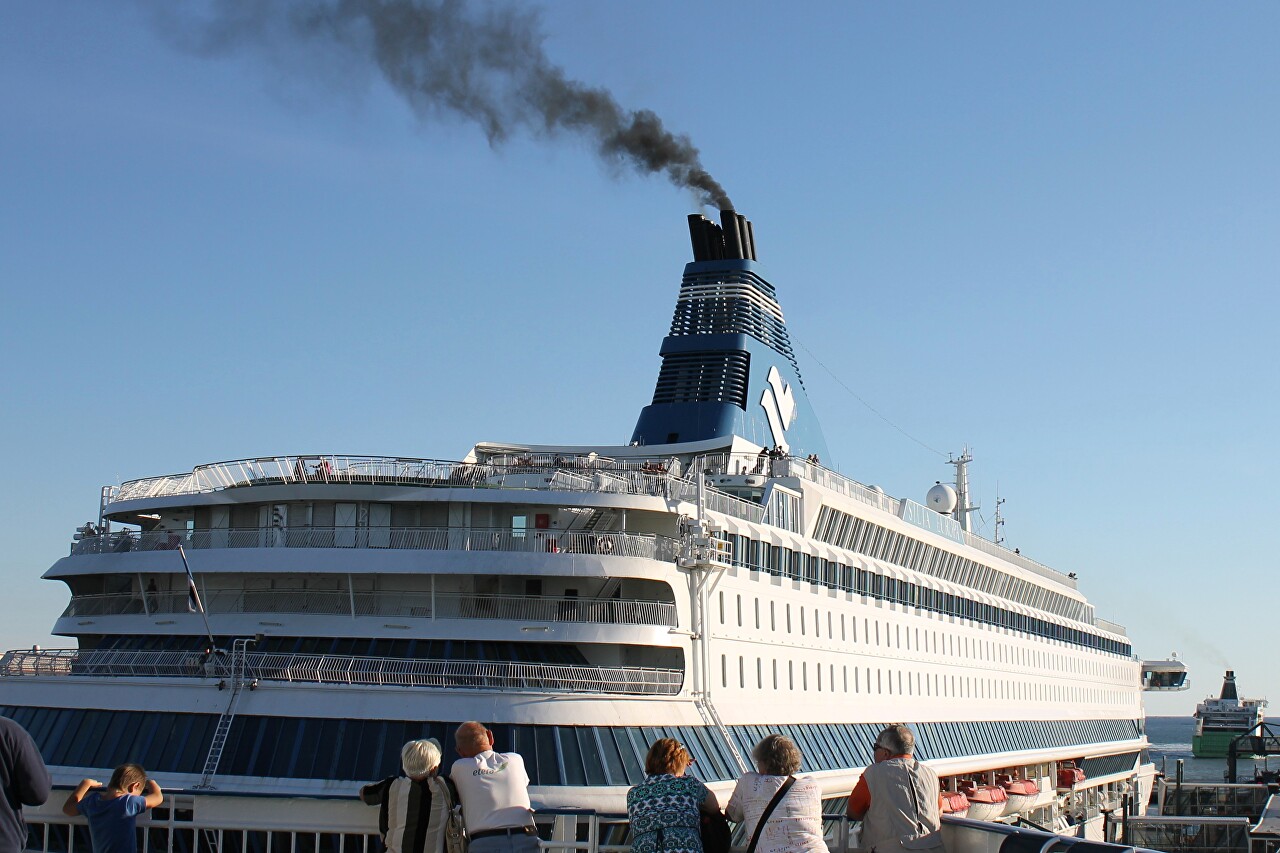
..
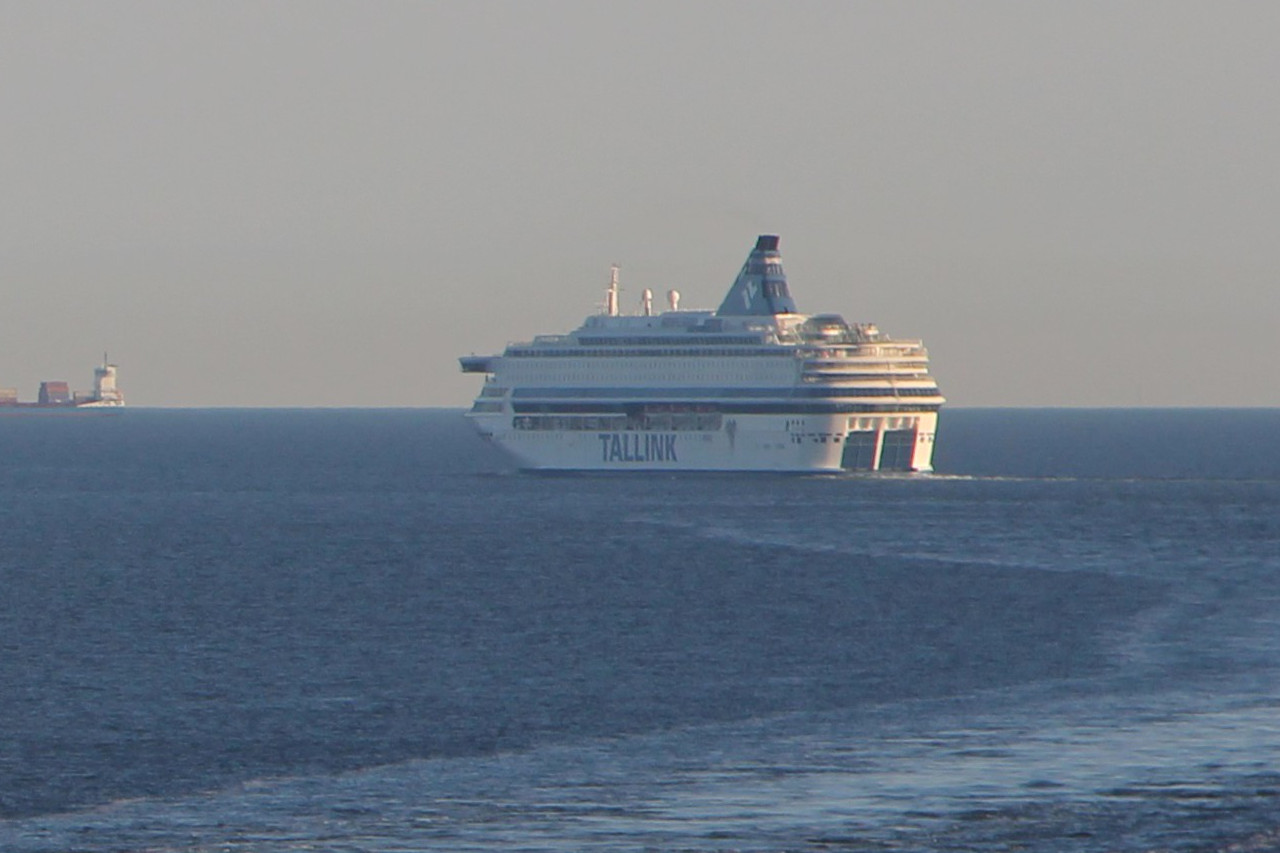
..
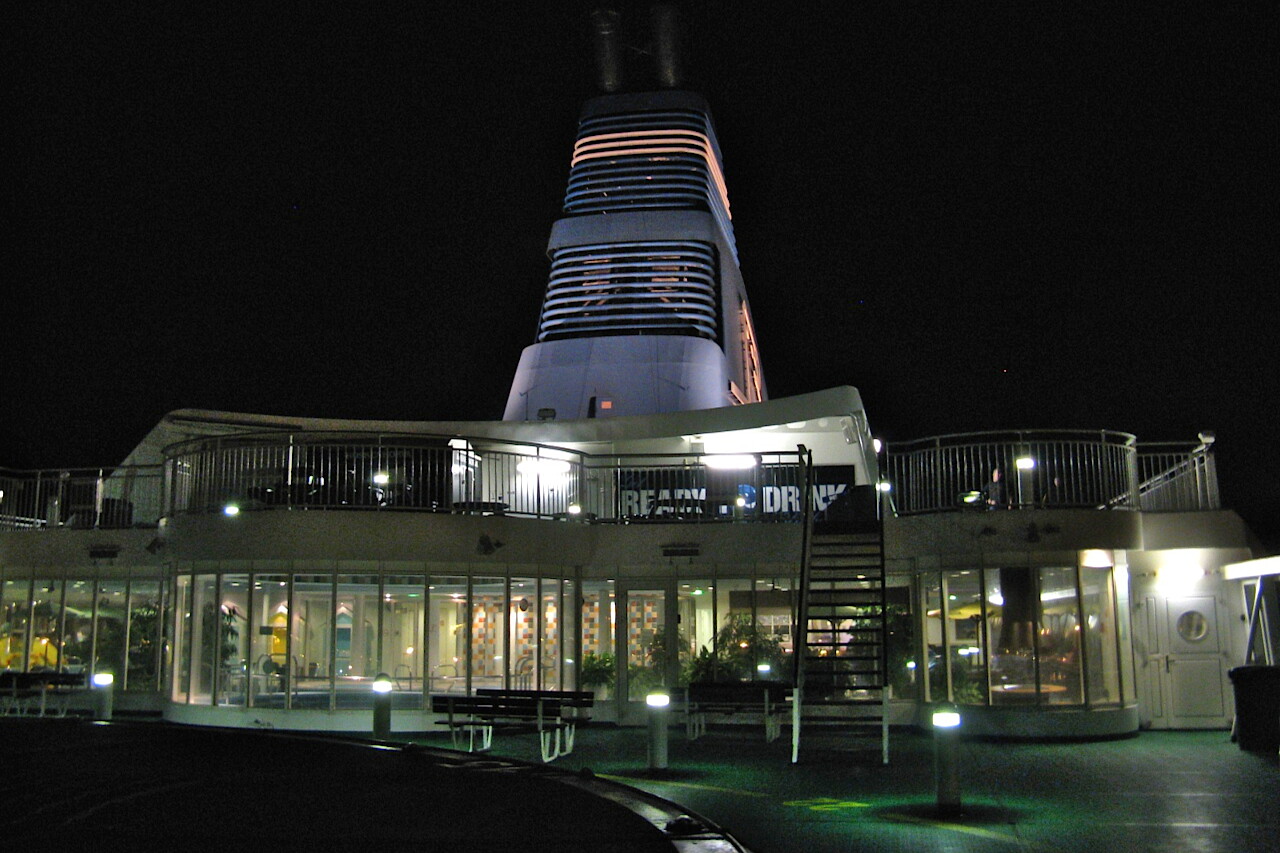
..
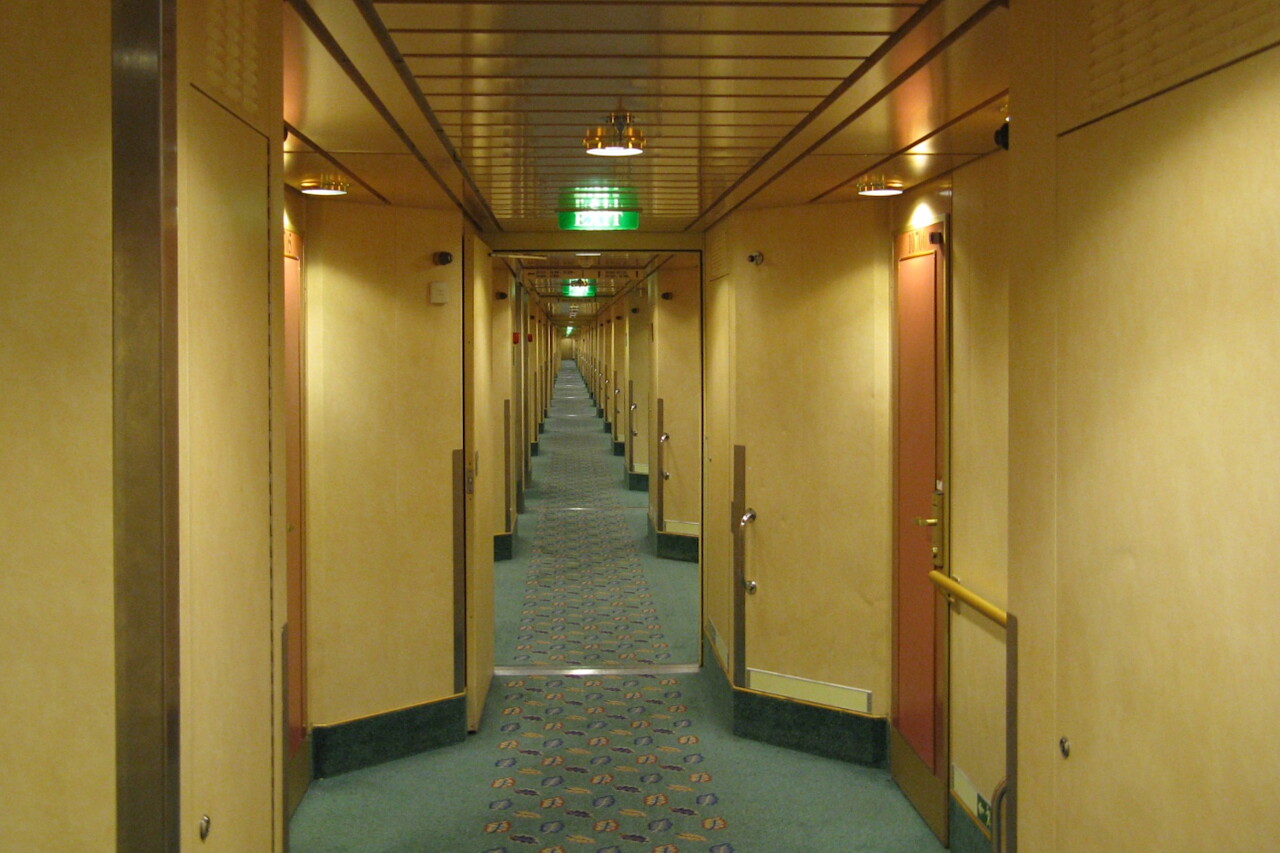
..
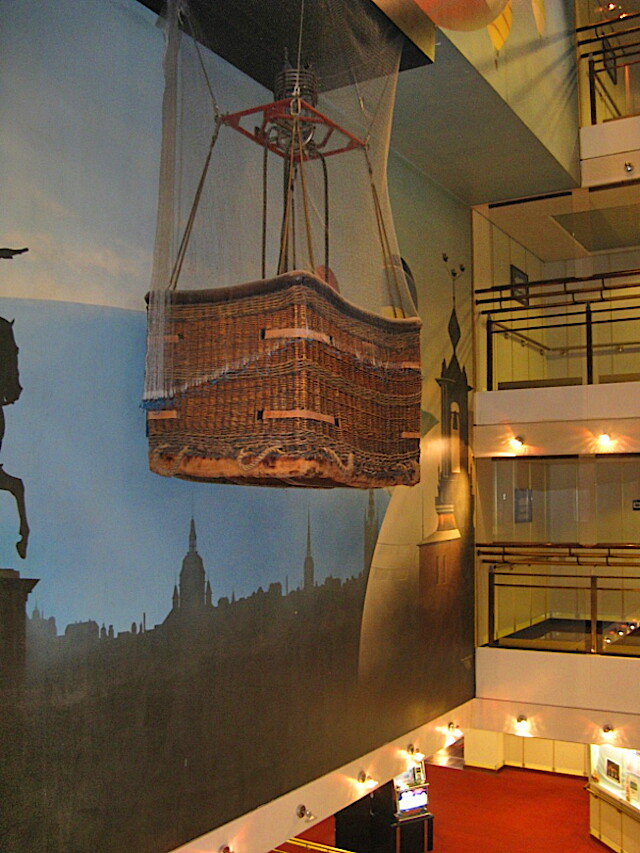
..
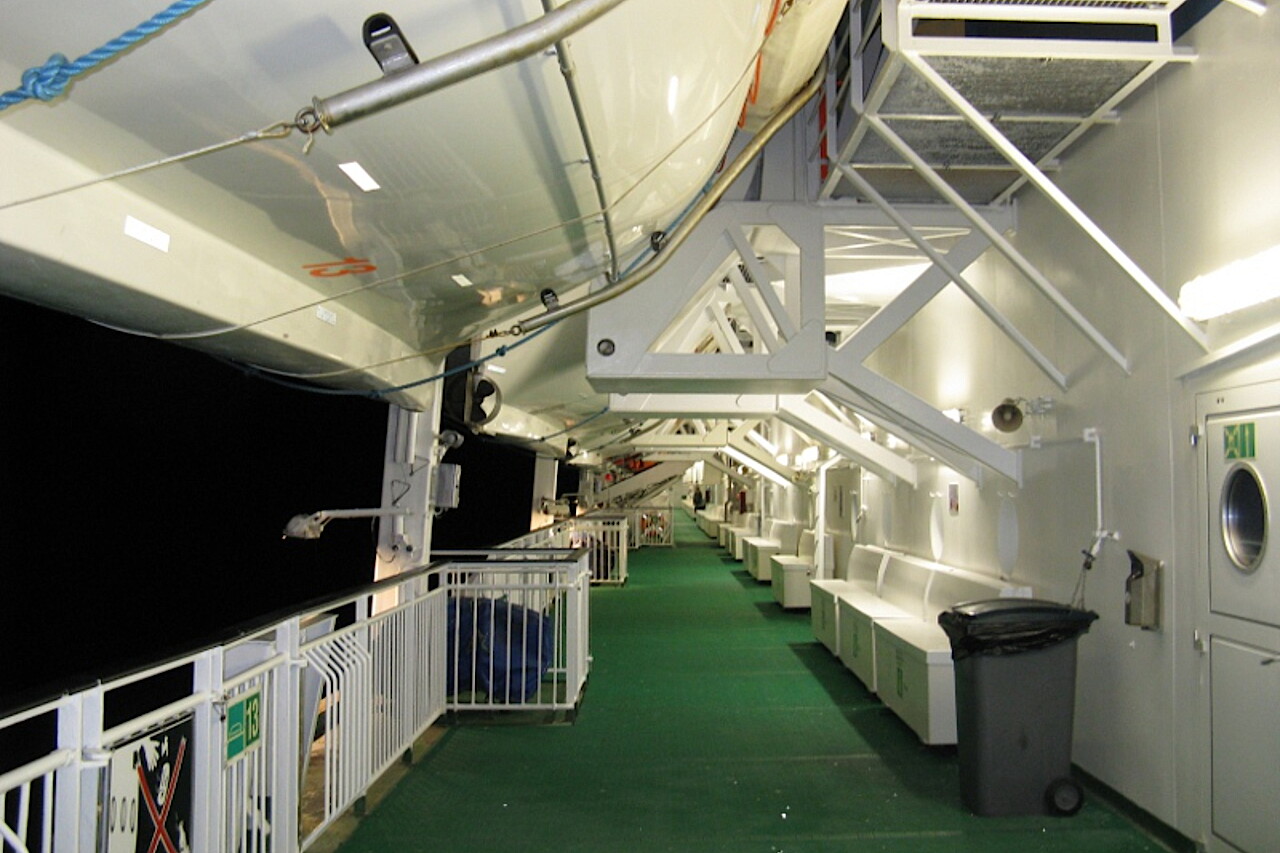
..
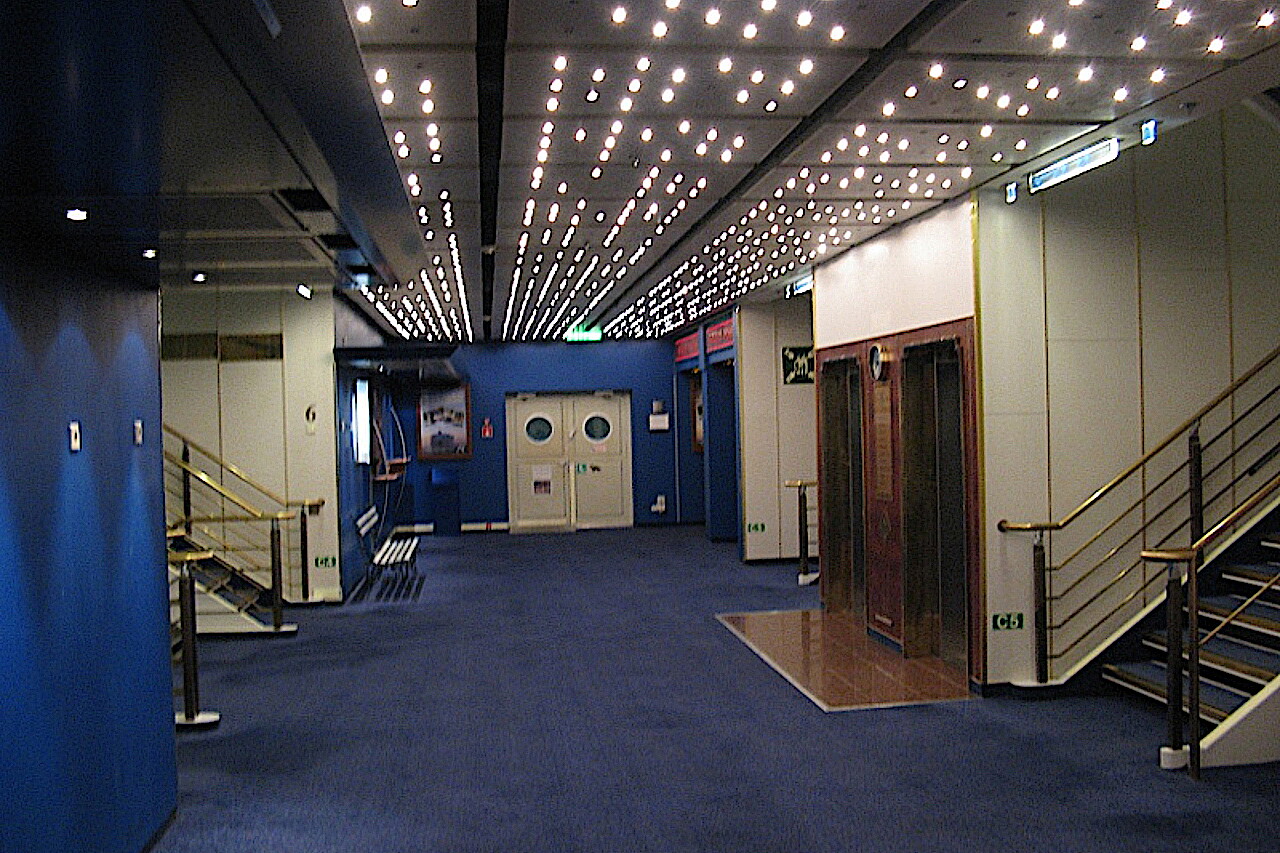
..
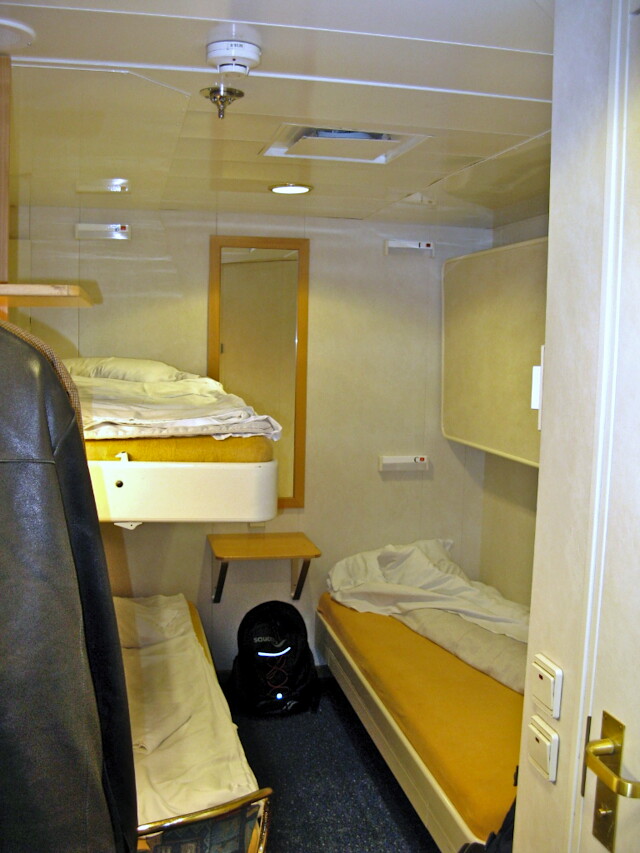
..
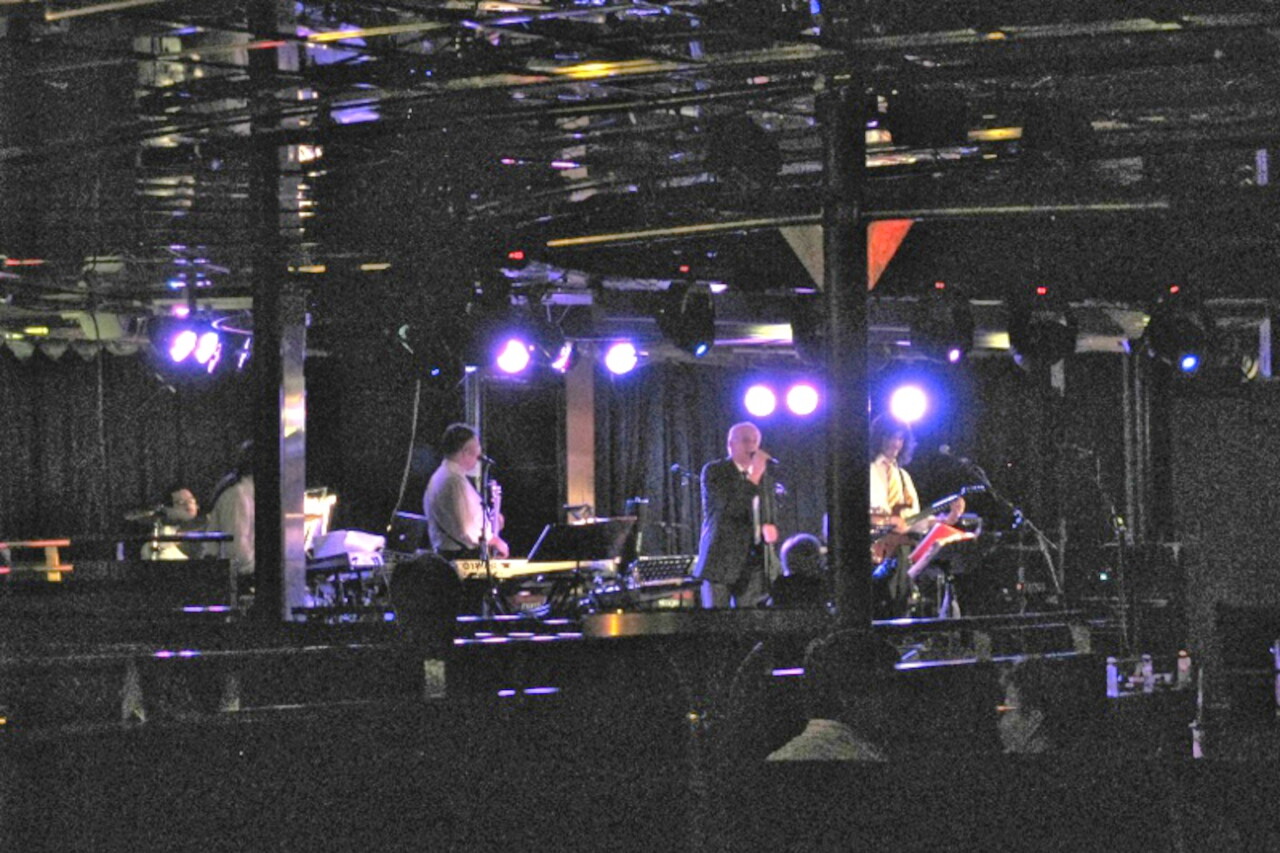
..
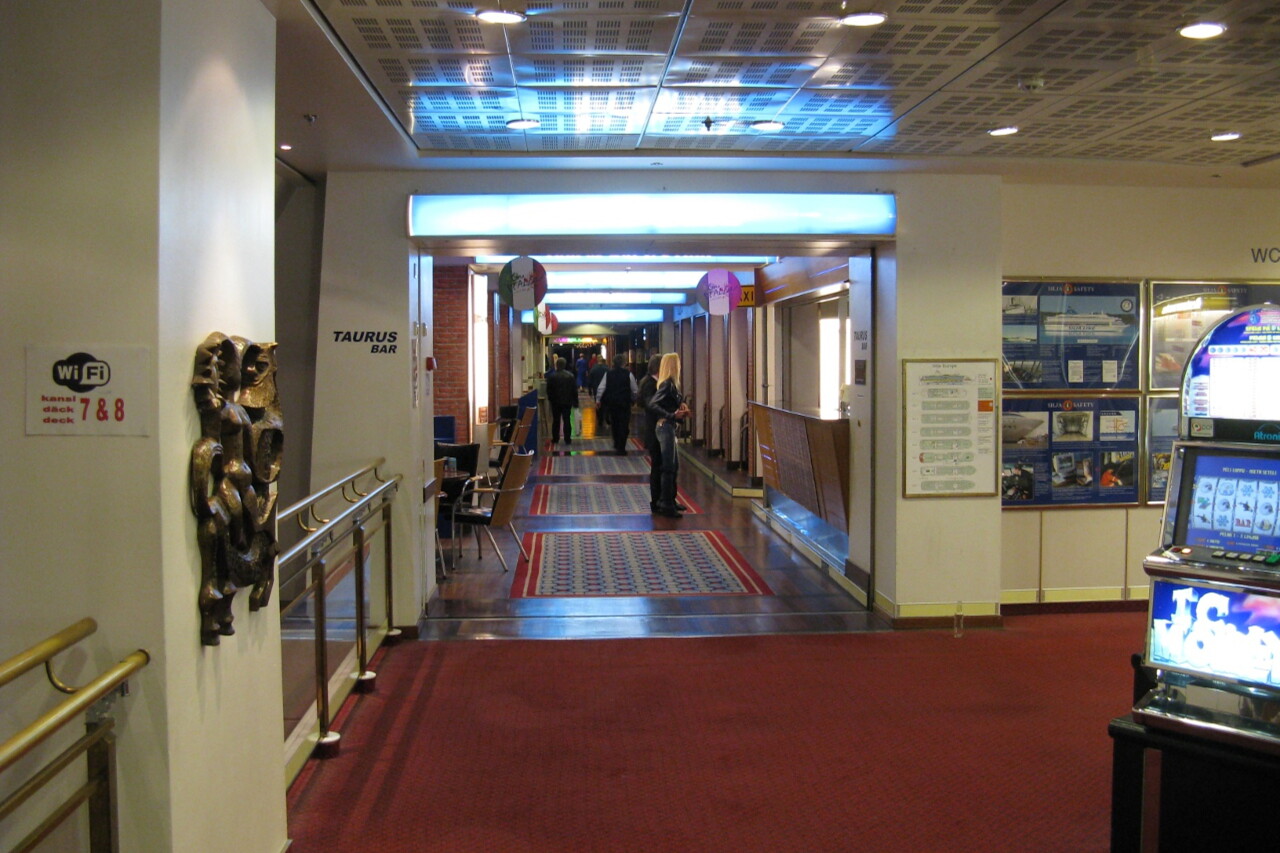
..
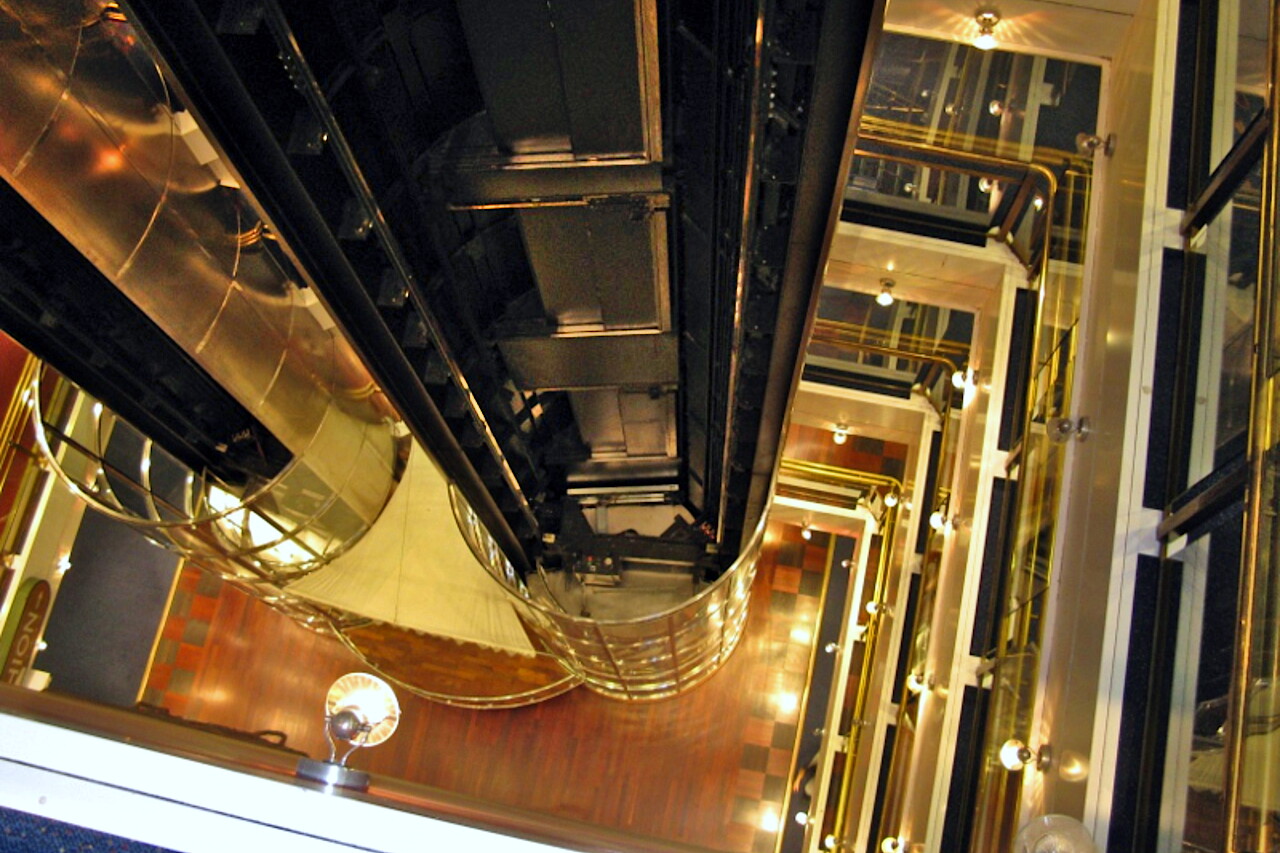
..
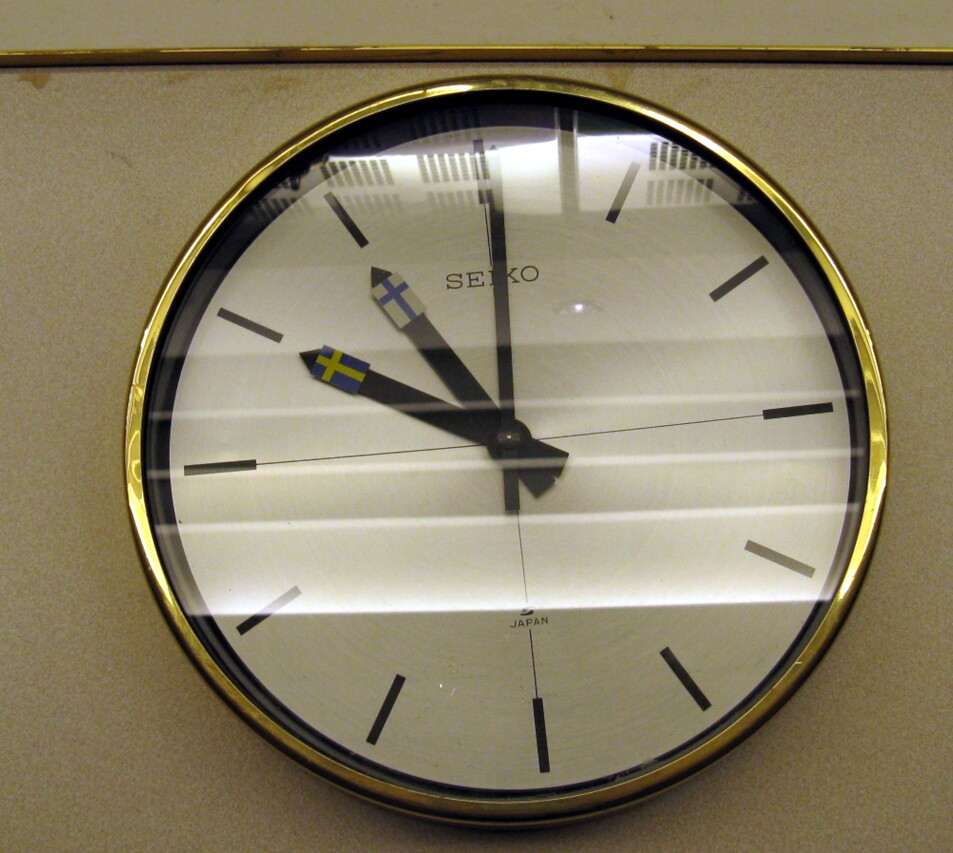
..
